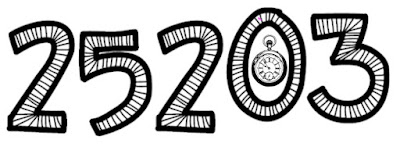A recent word of the day was pygmalionism, defined as sexual responsiveness directed toward a statue or other representation especially when of one's own making. A biographical note reads:
Greek mythological character. According to the most common version of the myth, Pygmalion was a king of Cyprus and a sculptor who created a beautiful ivory statue representing his ideal of womanhood. He then fell in love with his own creation. In answer to his prayer the goddess Aphrodite brought the statue to life. Source.Wikipedia goes to say that:
Pygmalion is most familiar from Ovid's narrative poem Metamorphoses, in which Pygmalion was a sculptor who fell in love with a statue he had carved. In Ovid's narrative, Pygmalion was a Cypriot sculptor who carved a woman out of ivory ... his statue was so beautiful and realistic that he fell in love with it.
In time, Aphrodite's festival day came, and Pygmalion made offerings at the altar of Aphrodite ... he quietly wished for a bride who would be "the living likeness of my ivory girl." When he returned home, he kissed his ivory statue, and found that its lips felt warm. He kissed it again, and found that the ivory had lost its hardness. Aphrodite had granted Pygmalion's wish.
Pygmalion married the ivory sculpture changed to a woman under Aphrodite's blessing. In Ovid's narrative, they had a daughter, Paphos, from whom the city's name is derived.Ovid's Pygmalion has inspired many works of literature and has been the subject of several notable paintings and sculptures. For some reason, the popularity of the Pygmalion myth soared in the 19th century. Two famous works of art related to Pygmalion are:
Pygmalion and Galatea by Auguste Rodin
modelled 1889, carved ca. 1908–9
modelled 1889, carved ca. 1908–9
George Bernard Shaw's play Pygmalion is of course well known and this play spawned two successful film version: the eponymous 1938 film and 1964's My Fair Lady.



